Tea for two a tasty Tassie mission
WITH a dream of making a piece of land their own, Gordon and Jane Brown moved from Sydney to the green valley of Allens Rivulet in 1986.
Unbeknown to them, this move would soon set the stage for a thriving tea farm and eventually, a tea movement.
Mr Brown was working as a post-harvest researcher for the Tasmanian Institute of Agriculture at the time and had no intention of growing his own crops.
It wasn’t until a tea research project took him to Japan for study that he discovered a new interest: tea growing.
“I always said I’d never grow a crop,” Mr Brown said.
“My father was a nursery grower, and my grandfather was a strawberry grower and everywhere we would turn there were risks.”
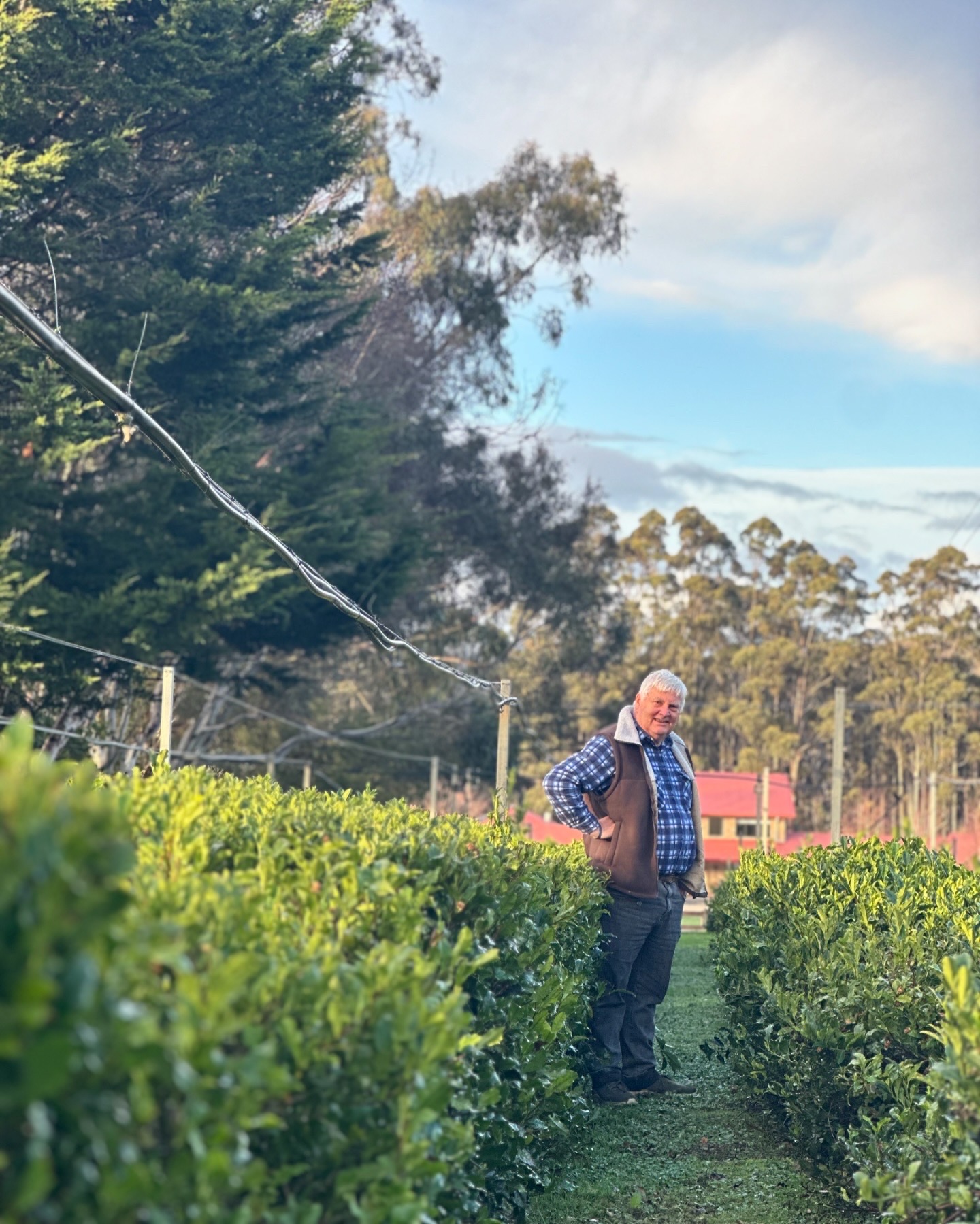
Mr Brown said that for him, tea growing in Tasmania presented a unique opportunity.
Unlike other tea-growing regions affected by the tea mite, Tasmania was relatively free of pests and diseases affecting tea.
The only notable pest was the black aphid, which natural predators like ladybirds take care of, eliminating the need for sprays or insecticides.
So, by 1990, the Browns had started up their tea business, “Tassie-T” and began growing and harvesting tea for Tasmanians.
Now, their daughter Charlotte has big plans to continue growing the business and build on the Tea growing sector in Tasmania.
Charlotte grew up surrounded by tea plants.
Her childhood memories are filled with market visits, helping her parents sell tea and with various stages of tea production.
After moving away from home for a time, Charlotte returned home in 2020 with a renewed vision for the family business.
“I always wanted to come back and help turn the business into a bit more of an agritourism business and I saw the opportunity to come home and work on that when Covid hit.”
Her background in events and tourism has been instrumental in expanding Tassie-T’s reach. Today, Charlotte is responsible for marketing, events, and creating unique tea blends.
Among Charlotte’s vision for the business includes inspiring new growers by taking farm tours, blending courses and selling plant cuttings.
She hopes that doing so will one day lead to developing a tea industry akin to the wine industry.
“I think having a tea trail a bit like a wine trail where growers can showcase their different teas would be really interesting to see,” she said.
In the last few years, the Browns have seen a significant amount of interest with visitors both within Tasmania and interstate.
Creating new blends is one of Charlotte’s passions.
“I try to create my own tea blends each season with things that we’ve grow on the property,” she said.
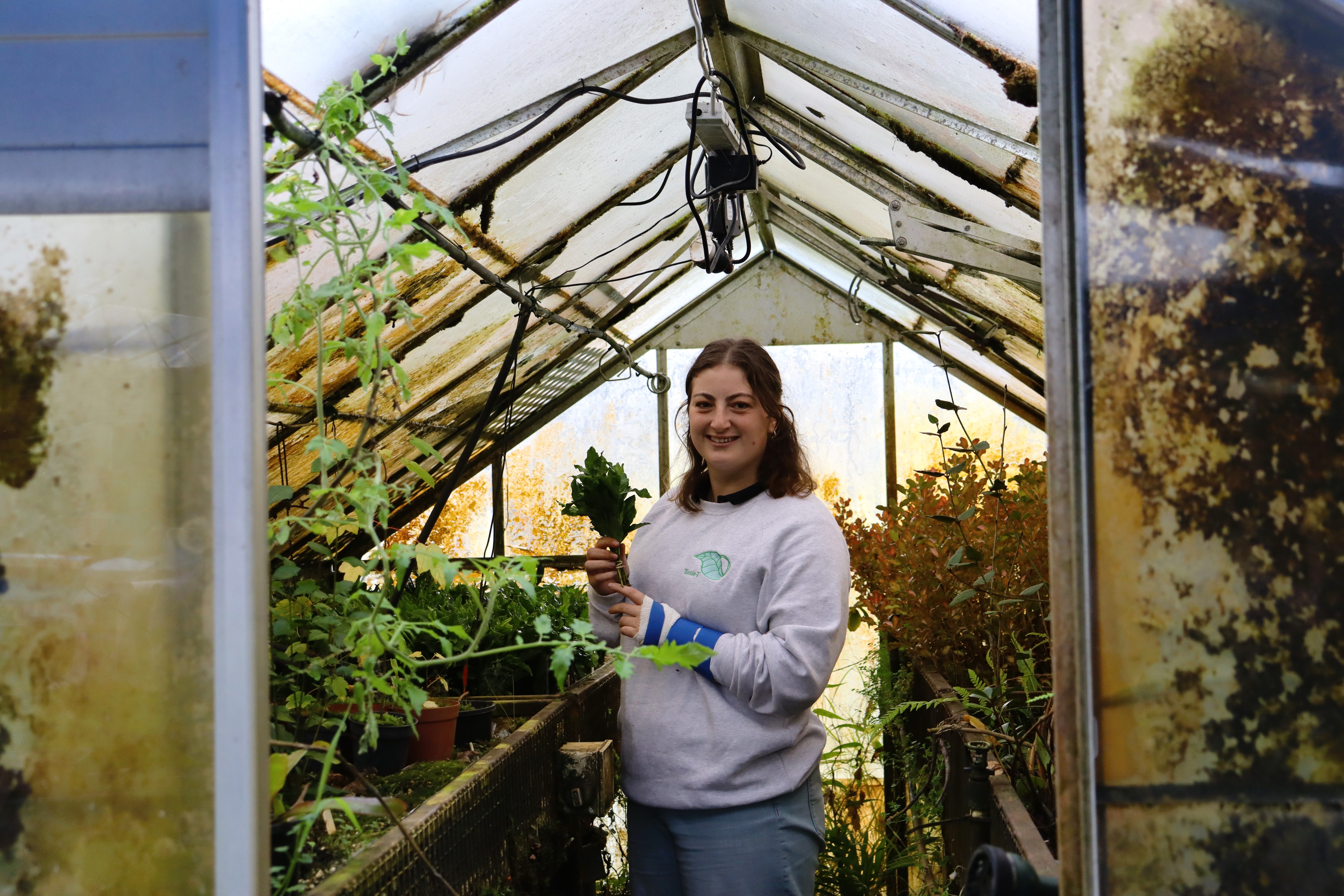
“We like to plant things that we think will be interesting for a blend in the future,” she said.
They’ve got a yuzu tree with some freshly flowering fruits that Charlotte is currently experimenting with.
Other specialty blends include Sparkle Tea, a black tea with dried Tasmanian pinot grapes from Sailor Seeks Horse vineyard, and Burning Berry, a mix of matcha, Tasmanian strawberry pieces, and Tasmanian wasabi powder.
Whenever possible, they source ingredients from within Tasmania or Australia, ensuring their blends are not only delicious but locally inspired.
Charlotte has taken courses in tea blending to offer more varieties of tea and uses ingredients like bergamot peel, native pepperberry, and rose petals.
The Browns manage their entire harvesting process themselves. They spend a couple of days each week harvesting and then processing the leaves.
Their harvest season starts in October which is done with the help of various machines and tools made by Mr Brown himself, including a modified lawnmower to trim rows of tea plants.
Processing follows immediately, whether it’s blanching leaves for green tea or drying them for black tea.
Two tea varieties can be found in their plantation: Yabukita, the most common tea in Japan, and Sayamukuri, which makes up most of their crop as its yields do well in the region.
The bulk of their tea is sold to wholesalers who repackage it, while they also sell directly on their online store and select local shops.
Tassie-T’s classic teas are their Huon Green tea and Huon black tea. The difference, Mr Brown explains, lies in the oxidation process.
“With green tea you don’t want it to oxidise, it’s the same chemistry as an apple if you cut an apple and wait it will go brown – you don’t want that with green tea you only want that with black tea.”
Green tea is quickly blanched to prevent oxidation, preserving its fresh, vibrant flavour.
Black tea, on the other hand, undergoes a rolling and crushing process to encourage oxidation, resulting in rich, dark black tea leaves.
As well as green and black tea they make white tea made by using a specific high-pressure vacuum/drying process.
Tassie-T also sells plant cuttings, hoping to inspire new tea growers to plant in Tasmania.
For the Browns, selling cuttings not only helps them to develop their business but promotes tea growing in Tasmania adding that the more tea growers, the better.
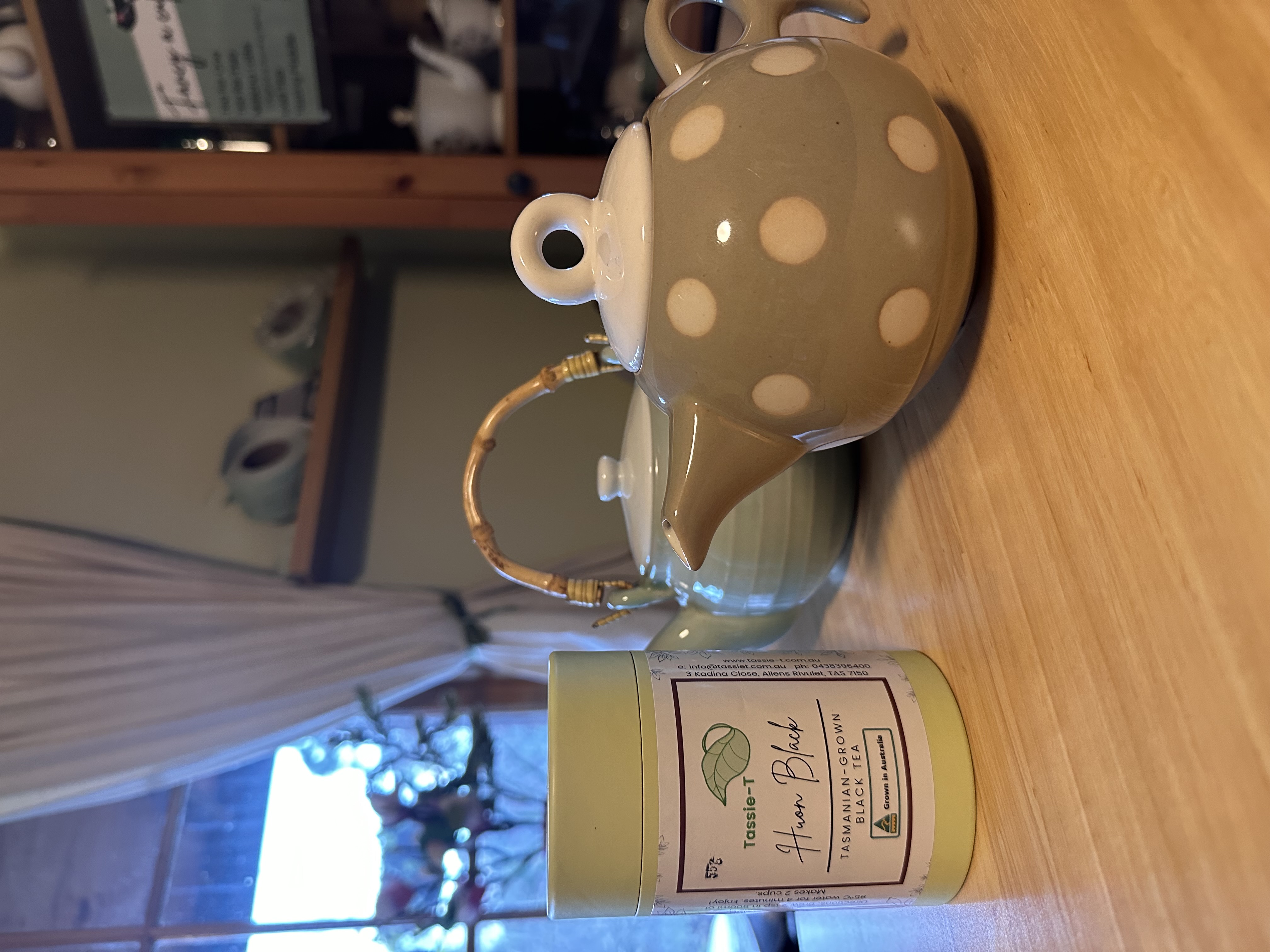
The Browns are now in the process of building a whole new visitors’ centre, expanding on their agritourism goals.
The facility will be over the road from their house and current tea plantation and will include a system with a conveyor belt and infrared radiation to blanch tea leaves, a method Mr Brown heard to be the most effective for processing tea leaves.
Additionally, they are propagating plants in a glasshouse to produce more indoor teas with plans to plant more fruiting trees for tea blends.
They are aiming to have it operational by next year.
Overall, the Browns dedication to tea growing in Tasmania, and their vision to build a thriving local tea industry, is evident through their hard work.
Today, they have not only created a successful business, but laid the groundwork for a tea movement in Tasmania.
Pictures: BRONWYN
LISSON

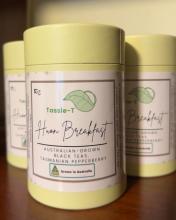
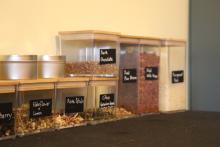
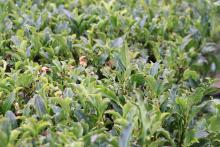
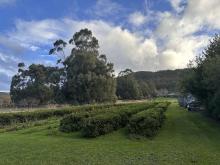
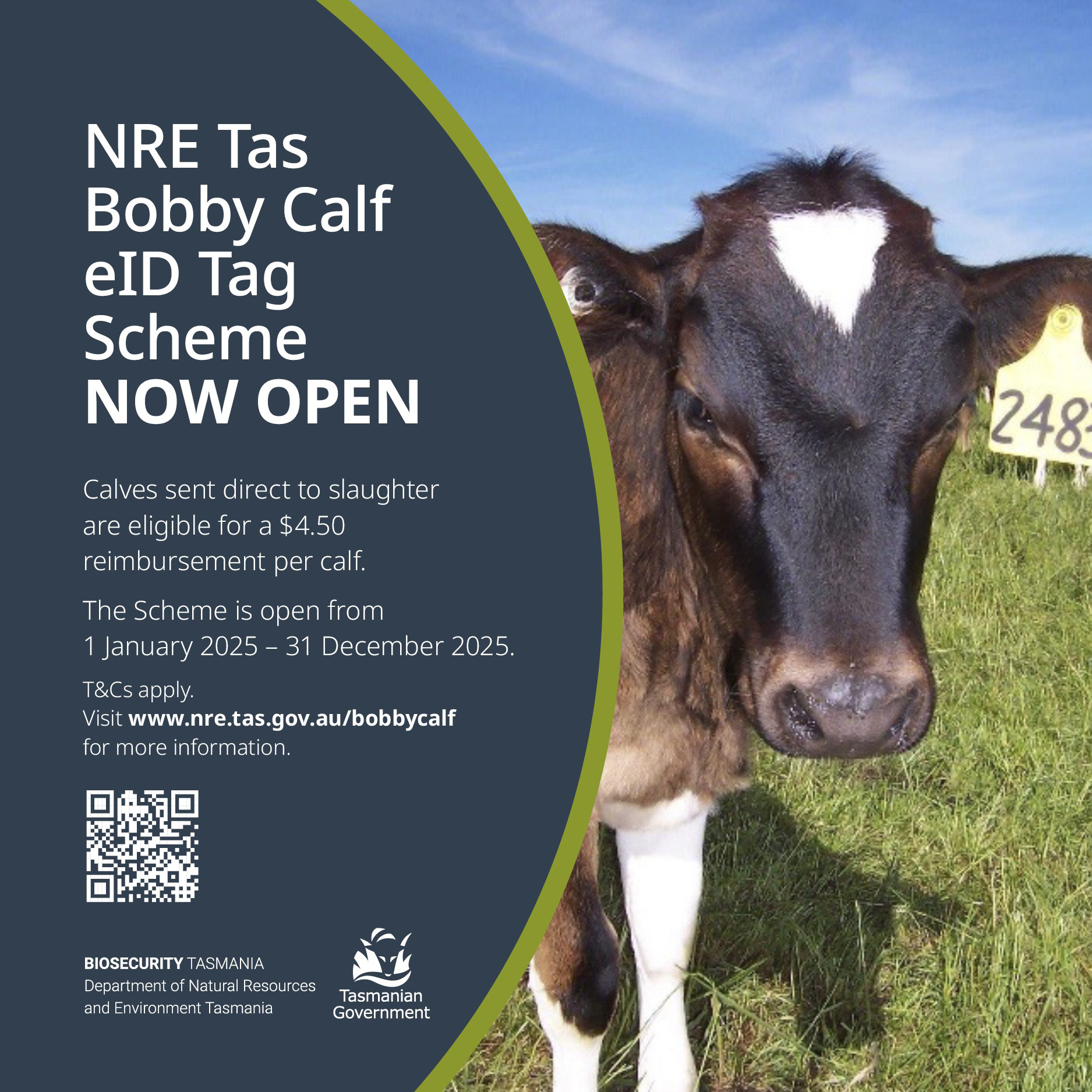


Add new comment